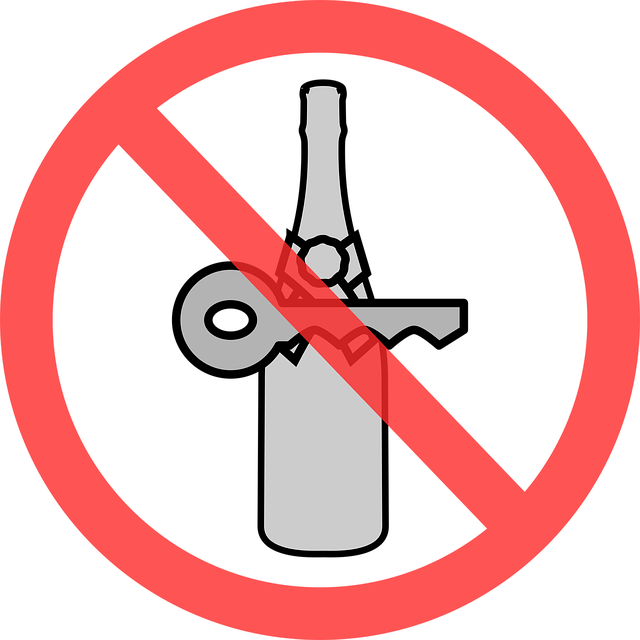Jurisdictions face challenges managing high-risk reoffenders with a history of DUI, characterized by multiple convictions, substance abuse, and mental health issues. Effective management involves stringent monitoring, intensive intervention programs, tailored support services, and collaboration among law enforcement, probation, treatment centers, and community organizations. Evidence-based strategies like regular alcohol testing and counseling minimize recidivism risks. Clearing records, a powerful tool, supports personal growth, community reintegration, and rehabilitation for these individuals through legal processes, counseling, community service, and stable employment.
In many jurisdictions, high-risk reoffenders with a history of DUI face significant barriers to employment. This article delves into the complex issue of High-Risk Reoffender DUI Management, exploring effective strategies for clearing records and fostering successful rehabilitation. We discuss the challenges these individuals encounter in securing employment, providing insights into tailored approaches that can break down barriers and pave the way for second chances. By understanding the unique needs of this population, we can facilitate their reintegration into society and the workforce.
- Understanding High-Risk Reoffender DUI Management
- Clearing Records: Strategies and Considerations for Effective Rehabilitation
Understanding High-Risk Reoffender DUI Management

Many jurisdictions face a significant challenge in managing individuals with a history of DUI (driving under the influence) who are considered high-risk reoffenders. These individuals often have complex backgrounds, including multiple convictions, substance abuse issues, and mental health problems. Effective High-Risk Reoffender DUI Management is crucial to ensuring public safety and reducing recidivism rates.
The process involves a multifaceted approach, including stringent monitoring, intensive intervention programs, and tailored support services. It requires collaboration between law enforcement, probation departments, addiction treatment centers, and community-based organizations. By implementing evidence-based strategies, such as regular alcohol testing, counseling sessions, and strict adherence to legal requirements, it is possible to minimize the risk of reoffending and promote positive outcomes for these high-risk individuals.
Clearing Records: Strategies and Considerations for Effective Rehabilitation

Clearing records plays a pivotal role in helping individuals, especially those labeled as high-risk reoffenders or facing DUI management challenges, turn over a new leaf and gain second chances. Effective record clearing strategies involve a combination of legal processes, personal growth initiatives, and community reintegration programs. For instance, participating in counseling sessions, completing community service, and demonstrating steady employment can significantly enhance rehabilitation efforts. These steps not only help individuals break free from past mistakes but also foster their development into responsible members of society.
When clearing records, it’s essential to consider the specific legal frameworks governing record sealing or expungement. For high-risk reoffenders, this process may require additional effort and a strong commitment to adhering to court-mandated requirements. Moreover, building a supportive network, including mentors, family members, and employers who understand the individual’s history but believe in their potential for change, can dramatically impact successful rehabilitation. This holistic approach ensures that individuals have access to the necessary resources and opportunities to turn their lives around.
The journey towards rehabilitation for high-risk reoffenders with a history of DUI is complex, but effective strategies exist. By understanding the unique challenges and employing tailored approaches, such as clearing records and implementing comprehensive management plans, we can empower individuals to turn their lives around. These measures not only support successful reintegration into society but also contribute to safer communities. Embracing evidence-based practices and considering the individual needs of each person is key to making a lasting impact in the realm of high-risk DUI rehabilitation.






